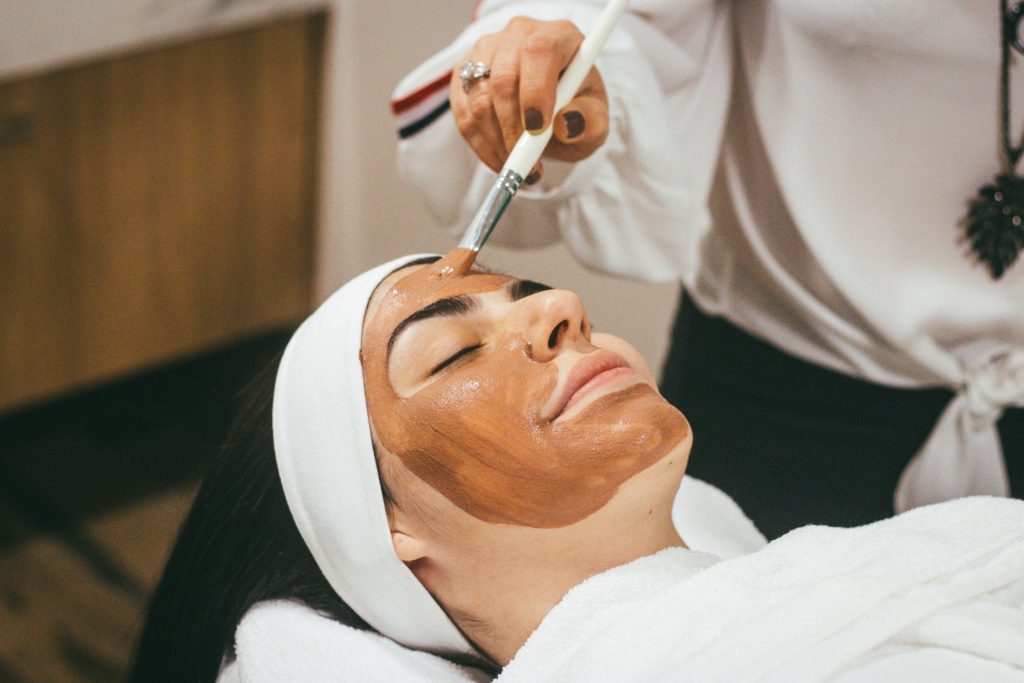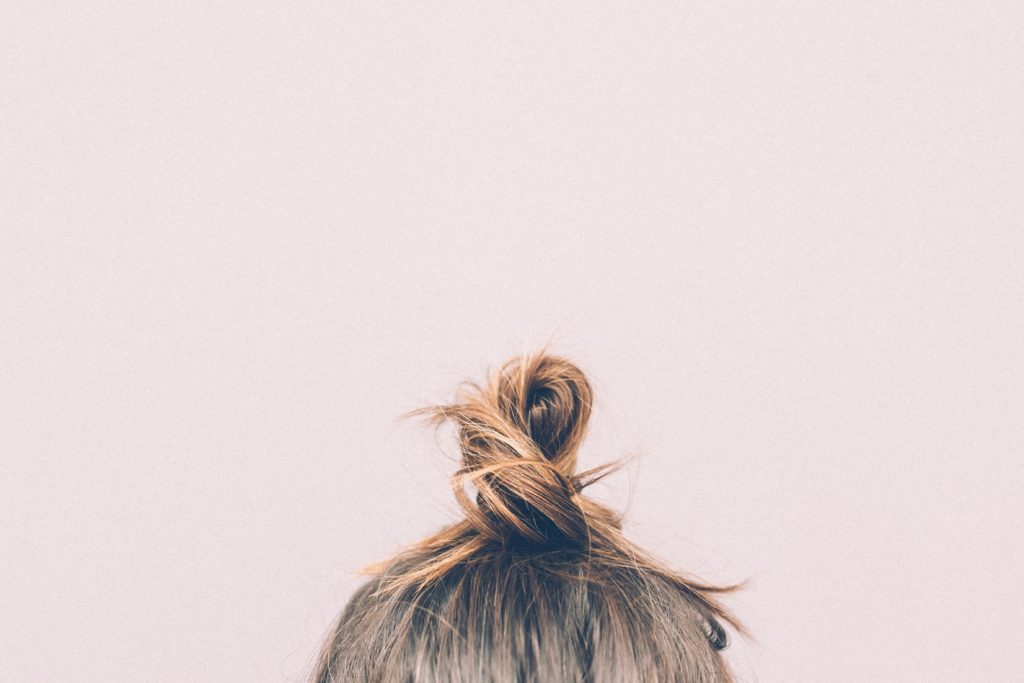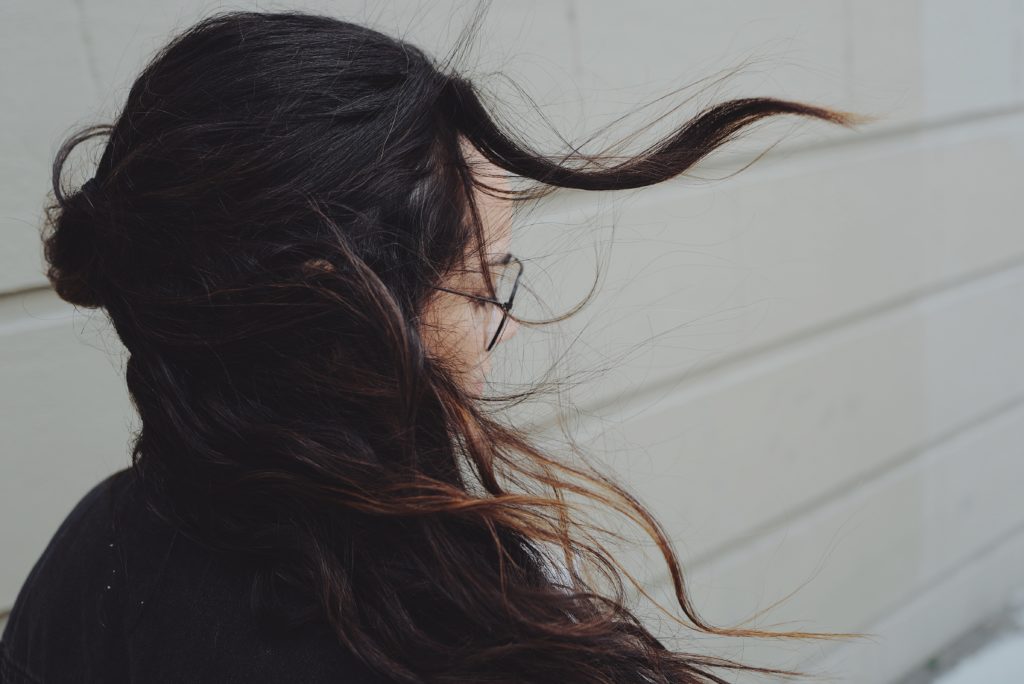In the pursuit of healthy skin, we often turn to various skincare products and treatments. However, there’s a centuries-old practice that has been gaining popularity in recent years for its numerous benefits: dry brushing for lymphatic drainage.
This ancient technique involves gently brushing the skin with a dry brush to stimulate the lymphatic system, boost circulation, and exfoliate dead skin cells, resulting in smoother, more luminous skin.
Join us as we delve into the art of dry brushing, exploring its origins, techniques, benefits, and tips for incorporating it into your skincare routine.
The Origins of Dry Brushing
The practice of dry brushing can be traced back thousands of years to ancient civilizations such as the Egyptians, Greeks, and Native Americans.
In ancient Egypt, for example, dry brushing was a common part of daily hygiene routines, with individuals using palm fronds or linen cloths to gently exfoliate the skin and stimulate circulation.
Similarly, the Greeks and Romans prized dry brushing for its invigorating effects on the body and mind, often incorporating it into their bathhouse rituals.
In traditional Chinese medicine, dry brushing is believed to promote the flow of qi (energy) through the body, helping to balance the body’s internal systems and promote overall health and vitality.
In Ayurvedic medicine, dry brushing is considered an essential part of daily self-care, with practitioners using specialized tools made from natural materials like sisal or bamboo to stimulate the skin and promote detoxification.
The Technique of Dry Brushing
Dry brushing is a simple yet effective technique that can be easily incorporated into your daily skincare routine. To begin, you’ll need a dry brush with natural bristles and a long handle to reach all areas of the body.
Before showering, take the dry brush and gently sweep it over your skin, using long, sweeping motions towards the heart.
Start at your feet and work your way up towards your chest, brushing each area of the body several times to ensure thorough exfoliation and stimulation.
As you dry brush, pay attention to areas of the body where lymph nodes are located, such as the armpits, groin, and neck. These are key areas for lymphatic drainage, and focusing on them can help promote the movement of lymph fluid through the body. Be sure to use gentle pressure and avoid brushing over areas of sensitive or broken skin.
The Benefits of Dry Brushing
Dry brushing offers a wide range of benefits for both the skin and the body. From promoting lymphatic drainage to exfoliating dead skin cells, here are some of the key benefits of incorporating dry brushing into your skincare routine:
1. Stimulates lymphatic drainage: Dry brushing helps stimulate the lymphatic system, which plays a crucial role in removing toxins and waste products from the body. By promoting lymphatic drainage, dry brushing can help reduce swelling, inflammation, and bloating, leaving you feeling lighter and more energized.
2. Exfoliates dead skin cells: Dry brushing gently exfoliates the skin, removing dead skin cells and unclogging pores. This can help improve the texture and appearance of the skin, leaving it smoother, softer, and more radiant.
3. Boosts circulation: The sweeping motions of dry brushing helps increase blood flow to the skin, promoting circulation and delivering oxygen and nutrients to the cells. This can help improve skin tone and texture, reduce the appearance of cellulite, and promote a healthy, glowing complexion.
4. Invigorates the body and mind: Dry brushing has a stimulating effect on the body and mind, helping to awaken the senses and increase feelings of vitality and well-being. Many people find that dry brushing helps them feel more energized and focused, making it an excellent addition to their morning routine.
5. Supports detoxification: By promoting lymphatic drainage and stimulating circulation, dry brushing helps support the body’s natural detoxification process. This can help rid the body of toxins and impurities, leaving you feeling cleansed and rejuvenated from the inside out.
Tips for Using Dry Brushing into Your Skincare Routine
To get the most out of your dry brushing practice, here are some tips to keep in mind:
- Choose the right brush: Look for a dry brush with natural bristles and a long handle for reaching all areas of the body.
- Brush before showering: Dry brushing is most effective when done before showering, as it helps remove dead skin cells and unclog pores, allowing your skincare products to penetrate more deeply.
- Start gently: Begin with light pressure and gradually increase as your skin becomes accustomed to the sensation of dry brushing.
- Brush towards the heart: Always brush towards the heart to promote lymphatic drainage and circulation.
- Be consistent: For best results, incorporate dry brushing into your skincare routine on a regular basis, ideally daily or several times a week.
Conclusion
Dry brushing is a simple yet powerful practice that offers numerous benefits for both the skin and the body. From promoting lymphatic drainage to exfoliating dead skin cells, this ancient technique has stood the test of time and continues to be valued for its rejuvenating effects on the skin and overall well-being. By incorporating dry brushing into your daily skincare routine and following these tips, you can experience smoother, more radiant skin and a renewed sense of vitality and energy.
FAQs
Q1: How often should I dry brush?
Dry brushing can be done daily or several times a week, depending on your skin type and preferences. Start slowly and gradually increase the frequency as your skin becomes accustomed to the practice.
Q2: Can dry brushing help reduce cellulite?
While dry brushing can help improve the appearance of cellulite by promoting circulation and lymphatic drainage, it is not a miracle cure. Consistent dry brushing, combined with a healthy diet and lifestyle, can help reduce the appearance of cellulite over time.
Q3: Is dry brushing suitable for all skin types?
Dry brushing is generally safe for all skin types, but it may not be suitable for individuals with sensitive or broken skin. If you have any concerns, consult with a dermatologist or skincare professional before starting a dry brushing routine.
Q4: When is the best time to dry brush?
Dry brushing is most effective when done before showering, as it helps remove dead skin cells and unclog pores, allowing your skincare products to penetrate more deeply. However, you can dry brush at any time of day that works best for you.
Q5: How long does it take to see results from dry brushing?
The results of dry brushing can vary depending on the individual and how often the practice is incorporated into their skincare routine. Some people may notice improvements in their skin texture and appearance after just a few sessions, while others may take longer to see results.



